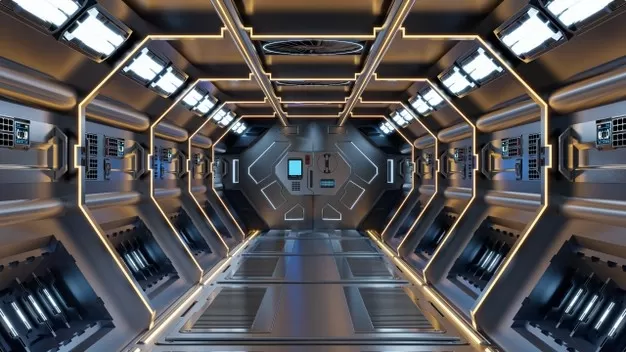Designing a successful site is not always an easy thing to do. Even those with experience find it can be quite daunting. There are numerous details to keep track of. Which colors will you use? What sort of layout or format will you employ? The information needed is continually expanding. To design a successful website, follow the tips below.
It is always good to add a favicon to your website. The favicon is a 16×16 image file in the. Ico format. This image is the one you see next to the URL bar, next to the page’s title on an opened tab, and is also visible on your bookmarks tab if you choose to bookmark a page. The favicon will help users quickly recognize your page in their browser without reading any text or viewing it directly.
When creating graphics or photos for your website, be sure to keep the file size small. If your graphics are too large, your page will load slowly, and visitors will leave. You can find many free or inexpensive graphics programs online to optimize your images before loading them on your website.
Use fixed-position navigation so your users can navigate your site with ease. This technique involves locking a site’s navigation panel as the visitor scrolls down the page. This makes things convenient for visitors and facilitates them taking advantage of your calls to action.
For multimedia presentations, take advantage of the new HTML5 standard. Although HTML5 isn’t quite as robust for animation and games as Flash, it has the advantage of working stably on mobile phone browsers, including those contained in Apple hardware. HTML5 is leaner than Flash, so load times will also improve.
Successful websites work well with any browser, so you’ll need to test your paging using various browsers. The most popular browsers are Internet Explorer, Firefox, Safari and Google Chrome, and what works with one might not work with the others. Check how each page displays in the major browsers before your site goes live.
You don’t ever want to use too many graphics. While you need graphics to create a website that looks well and works right, you don’t need a lot of them because they can clutter things. Use graphics for improvement, not decoration. Having enough graphics that don’t clutter the site will make your site easier to use.
The best websites communicate information in a small number of words. If you are long-winded, people will easily get bored and find another more concise site. Make sure any content is relevant and easy to understand – newspapers use an eighth-grade reading level, which is the most common literacy level.
Make sure everything is easy to locate on your website. Spend some serious thought on how everything on your site will be laid out. When content is randomly thrown on your site with little thought to the layout, you are making things harder for the people whose use of your site ensures your online success – your site visitors.
Provide a navigation menu on every page of your site. While this menu does not have to link every page of your site, as this could be an exhaustive list if you have a very large site, it should provide links to the main pages. This ensures that your visitors do not have to return to the home page and start completely over when it is not necessary.
Be sure you take care of the people that use your site’s needs. The website’s design must be centered on the end user at all times. You have to think about how well the site is built and how good an experience you can offer people. It would be best to think about all these things as you do your job. As you design your website, look at it from the end user’s perspective.
Use conditional loading and CSS pages as you design. You will thank yourself later when the maintenance and testing process is simpler. Every website needs maintenance, so you need things to be as easy as possible to make the necessary changes.
Choose your fonts carefully. It would be best only to choose fonts that look professional and easy to read. You can tell if a site is professional just by viewing its fonts. Avoid using fonts like Comic Sans and various fancy fonts that might not be on many computers. Unusual fonts can be classified as subsets on a viewer’s screen. That will appear worse.
When selecting a domain name, it’s important that you’re creative. A big part of web design has a site with a good, on-topic name. Having a catchy, relevant name will make people remember your website as much as any design features. Don’t think that a name isn’t an important feature.
Once you learn a new web design skill, practice it repeatedly to get good at it. Practice makes perfect, and active practice is the best way to retain your learned knowledge. You don’t want to move on thinking you learned a topic when you haven’t properly understood it.
Make sure that you periodically go back and try to remember all that you’ve learned thus far. One of the biggest problems people have when they first start with web design is that they learn one or two things and forget them a couple of days later, hurting their website progress.
Try your best to make your site entertaining by putting graphics. Add interest to your site by wrapping text around the images. Visitors will spend more time on your site and be more likely to return if you show that you value their time by creating an attractive website.
Conclusion:
Many factors have to be taken into account when it comes to web design. A well-designed website includes many different elements, but that does not mean that learning them all is impossible. You can create a great site by building a foundation of knowledge with the help of this article and others like it.




